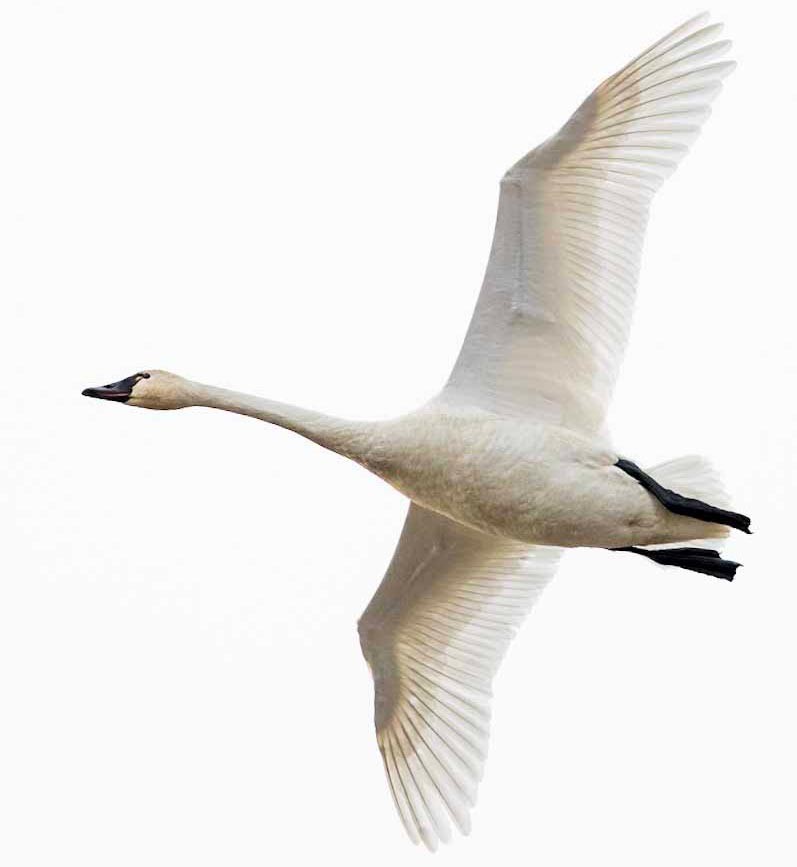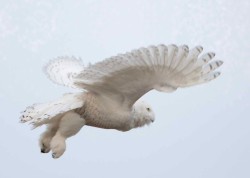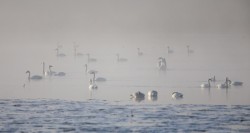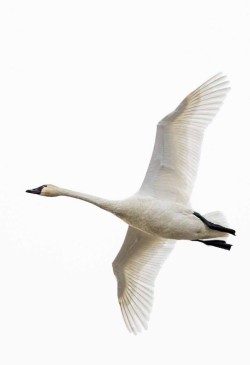I have yet to hear of any snowy owls nearby this winter, although they’re on the move in the Northeast; Cornell’s eBird site includes recent sightings along the New England coast, in the Lake Champlain region, and across northern New York. These owls are the most spectacular of the Northeast’s winter irruptors – birds that appear some years more than others, some years not at all, depending on the food supply up north.
A more predictable category of winter visitors are the Canadian duck species that migrate into our region. Although most obvious on the coast, they also pop up on inland rivers and marshes and lakes – anywhere that there’s open water and food. There’s a great deal of attention paid to the role of northeastern forests as summer bird breeding habitat, but this time of year it’s worth noting forests’ importance to winter migrants. That bufflehead or lesser scaup paddling around the river mudflats is most likely feeding on aquatic invertebrates, prey that thrives thanks to woods-cleaned water and mass leaf decomposition.
I’ve been thinking about waterfowl, and Canadian visitors, because over the holidays I spent time in Virginia, walking creek edges and sitting in blinds in the company of thousands of geese, ducks, and tundra swans. Tundra swans are the Chesapeake Bay’s answer to snowy owls. They’re big, charismatic birds that breed in the high Arctic. Also like the owls, they’re heart-stoppingly beautiful – especially when they fly into the marshes just before dusk and, as you look up at them, the sunset turns their feathers pink.
Here are some photos of the swans, and a shot of a snowy owl that my husband encountered last winter in coastal Massachusetts. And here’s a link to a great Outside Story essay by Declan McCabe, which explains how leaf litter supports aquatic food chains.






Discussion *